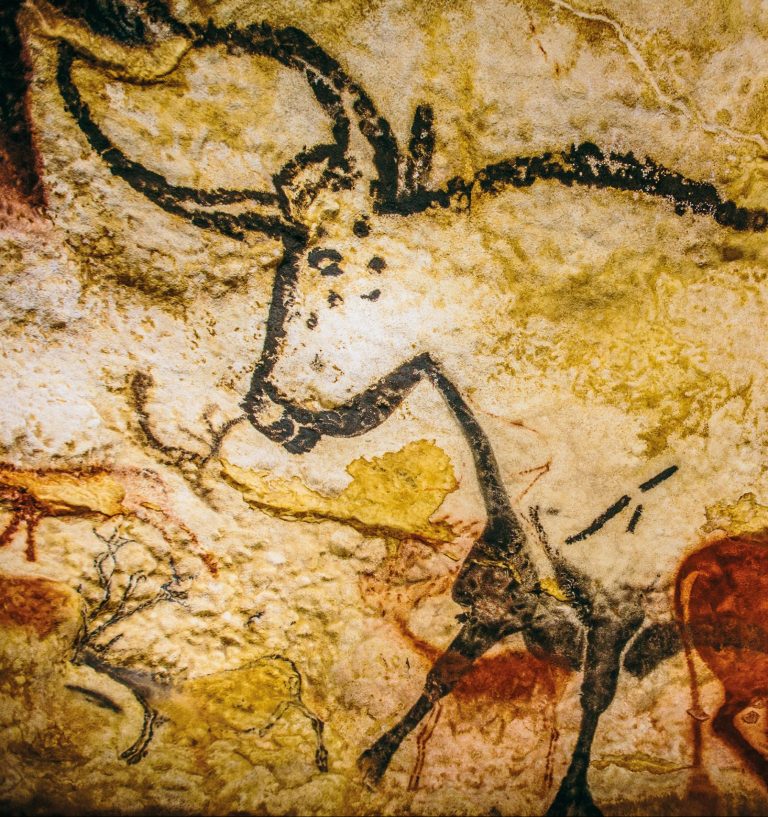
Ashamed of our Face
In her fine 1997 series on the history of painting, Sister Wendy Beckett marvelled before the murals of Lascaux: ‘All these animals are beautiful. And centuries ago, when there was room on earth for all of us, how humankind must have yearned to be strong and beautiful, free, innocent — all the things that they were not, and we are not; and perhaps that’s why they made these images secretly in the earth, to honour the animals?’ Before the same murals, three decades earlier, Zbigniew Herbert had wondered at the comparatively inadequate, often disguised representation of man: ‘Man destroyed the order of nature by his thought and labour. He craved a new discipline through a sequence of self-imposed prohibitions. He was ashamed of his face, a visible sign of difference. He often wore masks, animal masks, as if trying to appease his own treason. When he wanted to appear graceful and strong, he became a beast. He returned to his origins lovingly submerged in the warm womb of nature.’ I wonder: are we not weirdly witnessing, now, a similar kind of retreat behind a similar kind of mask, inspired by a similar kind of shame?
